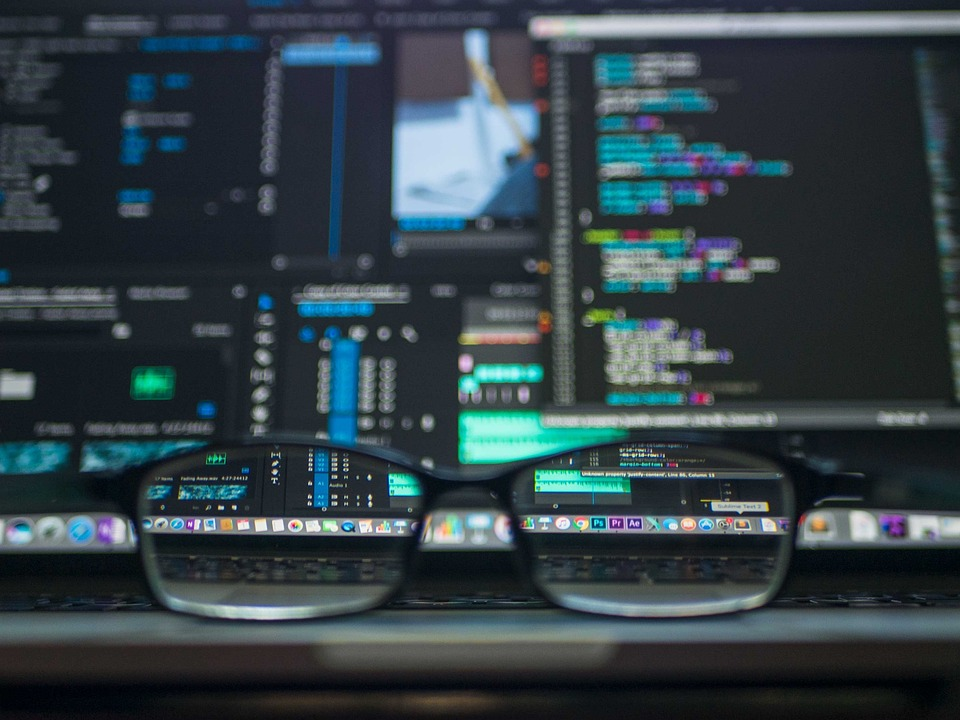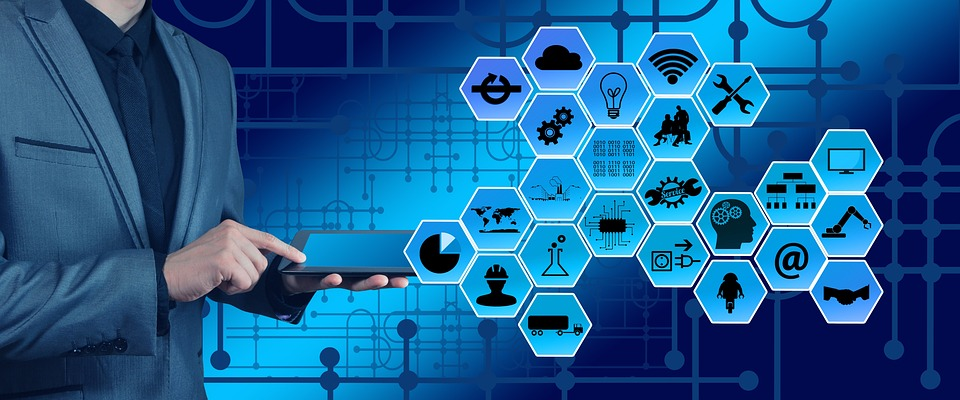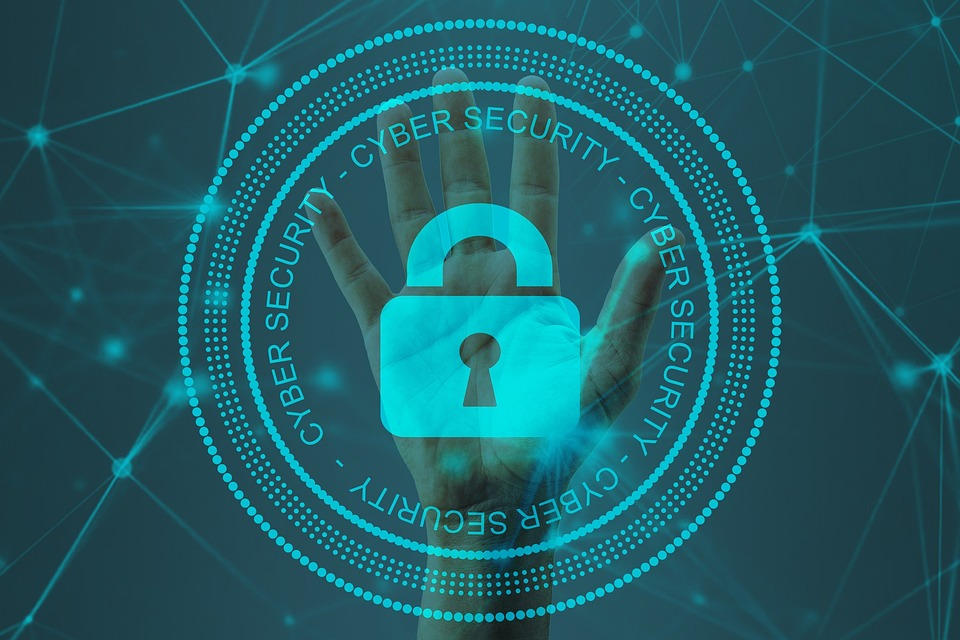Packet analyzers, Ethernet sniffers, wireless sniffers, network probes, and packet sniffers have many known names for both malignant and benign sniffers. These are not viruses but can be packed with malware to spy on your online activity, recording credit card details, usernames and passwords, and other private information.
Explore this guide by seasoned cybersecurity experts at VPNgeniX, one of the best VPN service providers worldwide. Our adept team is available round the clock to support safer internet browsing experiences for businesses and individuals alike.
Our VPN proxy servers meet and exceed industry and compliance standards and enhance the accessibility, quality, and anonymity of your digital footprint. Moreover, our cutting-edge range of products can secure your devices from cyber-criminals as they’re encrypted with antiviruses and equipped with the greatest level of internet security.
What is Sniffing? And What Do Sniffers Do
Sniffers are not bad news all the time. Sometimes sniffing tools are used by administrators to sustain a steady traffic flow through networks. The hardware or software can identify bandwidth hogs, such as heavy file-sharing program usage, allowing them to assess performance, diagnose issues, and take appropriate actions.
However, when it comes to sniffer attacks, it raises concerns because even legitimate sniffing applications can be used against you. The devious program works by snooping on you. Data ‘packets’ traveling along the network are captured and inspected.

How Does Sniffing Work?
To understand how sniffing works, it’s imperative to first comprehend how internet traffic works over a network. Computers only probe packets specifically addressed to them in most situations. Let’s use a metaphor to understand what this means.
If a car is driving on the road, imagine that your computer is one of the houses along the road. Not all cars that drive by your property will be inspected. However, if anyone parks in your driveway, you’ll probably open the gate to see who it is.
That’s how a computer treats data packets. It overlooks the ones going to other networks along the destinations while inspecting packets sent this way. A sniffing software alters the computer’s network setting to sniff each packet rather than just the ones sent to it. Copies are made for future investigation.
So instead of answering the door only when anyone comes to visit, sniffers are cemented to the window, watching app people and vehicles as they pass by. The sniffer might compulsively monitor all cars or choose to investigate only red cars, trucks, motorcycles, or vehicles with only two occupants.
In other words, sniffers can harvest the network traffic in unfiltered mode or configure the setting to filter packets comprising specified data types.
How to Detect Sniffing
Sniffers are tricky to detect because they collect data inertly without interfering with the network traffic. Sometimes it happens over the network while the datum is in transit. So there’s no proven way a receiver, sender, or network administrator can know that the data packets got sniffed on the route.
However, there are some reliable tools and signs that can telltale that a sniffer is present on a particular network. For instance, sniffers can leach into your user account to launch unexplainable processes on the PC. Or you may experience a sudden loss of storage space.
Although sniffers rely on stealth, they often need to store the collected data somewhere. If your storage space is suddenly depleting more than it should, a sniffer may be the culprit behind it.
Legal Uses for Sniffing

#1- Network Engineer
These professionals analyze the level and type of traffic on the network by tapping into the data to gain insights into ways to optimize a network’s configuration for speed and efficiency.
#2- System Admins
Network sniffing can be incredible as a troubleshooting tool. System admins can dive into slowdowns or bottlenecks as they’re occurring to evaluate the underlying issue.
#3- Employers
Many IT experts at corporate offices use sniffers to monitor employees at work. They use the technology to discover information about the websites employees are visiting, the time spent there, or whether anyone is downloading or viewing something they shouldn’t be.
#4- Security Professionals
Atypical types or amounts of traffic can indicate everything isn’t as it seems. Sometimes security teams identify unusual internet usage patterns to determine the presence of malware or hackers, which brings us to another important topic.
Illicit Uses for Sniffing
Unfortunately, network sniffing hardware or software isn’t only used by good folks. Many cyber criminals use the technology to tap into the traffic data to monitor instant messages, emails, and other accounts to gain insider information, financial details, and login credentials.
Cybercriminals use phishing scams or social engineering tricks to fool targets into downloading the sniffers. They steer victims to infected sites that automatically download their sniffer when they visit. Or you could get emails and messages with attachments to install malicious software as well.
Hackers also sometimes sniff unsecured and unencrypted public Wi-Fi, ensnaring everyone’s traffic. Wireless sniffers are popular in spoofing attacks. Cybercriminals can use data captured by sniffers to spoof the device on the network.
Active and Passive Sniffing
Two common techniques are used for sniffing. The form of sniffing technique used highly depends on the structure of the network under the radar of sniffers. Passive sniffing works with hubs, but active sniffing may be required when switches are involved.
Hubs refer to networking devices connecting multiple devices collectively into a single network. There are no regulatory mechanisms to steer traffic to the intended recipient. Instead, all devices accept all traffic to determine whether the traffic is relevant or not.
Since all devices within the hub receive all the network’s traffic, the sniffer can passively and easily absorb everything being sent. They don’t really need to do anything other than sit back to sniff. This is why passive sniffing is typically very tough to detect.
Meanwhile, connecting more devices to the hub can lead to overwhelming levels of high traffic. The issue can be solved by network switches that adjust traffic within the network by sending data specifically to devices meant to receive it. Therefore, a passive sniffer on the network hub would be able to view only the data going to and from the host device.
That’s where active sniffing emanates into play. Active sniffers need to overcome or get around the direction of the switches to access the traffic that passes through the network. This could be achieved in many ways, but all of them involve injecting further traffic into the network.
That’s why it’s an active process that differentiates passive sniffing from the active variety. However, unlike a passive sniffer, an active snipper is easier to identify because they give its own presence away.
How to Defend Against Sniffing?

#1- Install Reliable Security Software
Adequate cybersecurity protocols can keep sniffers off all devices. Hackers use Trojans, worms, and viruses to deliver sniffers to the target device. Robust security software with power-packed antivirus and malware shield can efficiently counter such attacks.
It also helps detect anything that shouldn’t be on your computer, such as a sniffer, and helps you eliminate it. Since unsecured networks are every sniffer’s favored hunting grounds, use network scanners to identify if the connection is safe. Or use a VPN.
#2- Encrypt Data with VPN
Once you’ve streamlined a reliable security software, think about encryption. Even if someone gets sniffed, encrypted data is unusable to someone using a sniffer. Virtual Private Network secures the data sent from your device by hiding the IP address and encrypting the connection.
A solid combination of the best VPN and antivirus services can lead to the sniffer seeing scrambled info, resulting in your data remaining safe. If you’re looking for the right tools to help your business or family stay safe from sniffing, VPNgeniXprovides access to premium VPN and antivirus products, such as Avast, ExpressVPN, NordVPN, Private Internet Access, CyberGhost, and AVG at incredible rates!
#3- Don’t Visit Encrypted Websites
Always check the URLs of websites. Check for the HTTPS protocol, which is often indicated by a padlock icon on the address bars of websites you visit. The ‘S’ in HTTPS stands for security! The websites that use HTTPS are encrypted, so all the activity on these websites will be secure while you’re there.
So make sure to avoid unsecured protocols like HTTP when possible, especially when shopping or banking online. That’s because there’s no guarantee that someone won’t be spying. Never enter your personal or login details on websites without HTTPS protection.
Cybercriminals often use social engineering tactics such as infected websites and spear-phishing emails to trick victims into compromising their own security or downloading sniffers unknowingly.
But HTTPS encryption will only protect you on the particular website that has implemented adequate security protocols. You should practice good cyber hygiene and use a VPN for more widespread online data encryption.
#4- Avoid Using Public Wi-Fi
Public internet connections are tempting, especially considering how costly some mobile data plans have become. However, if you have not invested in a reliable VPN to protect yourself, resist the desire to hop onto unprotected public Wi-Fi networks. Others connected to the hotspot can access your data.
Reflect on how many people connect in a mall, an airport, or even at cafes. When an unsecured public Wi-Fi is the only way to connect, use a VPN rather than gambling sensitive data on the chance that no malicious actor would be sniffing at that time.

#5- Do Not Use Unencrypted Apps for Messaging
Just like unsecured public Wi-Fi networks, unencrypted emails and messages are also easy draws for sniffers. Always chat with your family and friends using apps that encrypt messages for end-to-end protection.
Viber, Telegram, LINE, Signal, and WhatsApp are some of the several well-known options. There’s a high chance that you and most of your contacts already use one of these encrypted messaging apps.
Prevention is the Best Protection against Sniffing
Whether you’re worried about online tracking, identity theft, viruses, scams, malware, phishing, doxing, sniffing, or any other cybercrime threats out there, you can immunize against the vast majority of them through a strong antivirus and VPN software.
From Avast to NordVPN, ExpressVPN, CyberGhost, Private Internet Access, and AVG, many top-tier data encryption solutions are available at VPNgeniX to provide secure internet connections while keeping your personal information and communication stay safe online.
These premium anti-malware tools will also scan and remove viruses and software. They’ve equipped with top-of-the-line features and special defenses against unsafe links, infected downloads, and harmful email attachments. This further prevents viruses and sniffers from infecting your devices.
Get in touch with our experts to keep your personal data safe, block online threats, and enjoy secure and seamless anonymous browsing. All our VPNs and antivirus services are targeted at encrypting the internet traffic and preventing malicious actors from tampering with or intercepting your information.
Our antivirus VPNs are compatible with various devices, including MacOS, ChromeOS, iOS, and Android. They can easily mask your location and IP address, keeping you safe from the malicious intentions of cyber criminals. They also prevent government agencies, ISPs, data brokers, and other third parties from prying on your activities.

